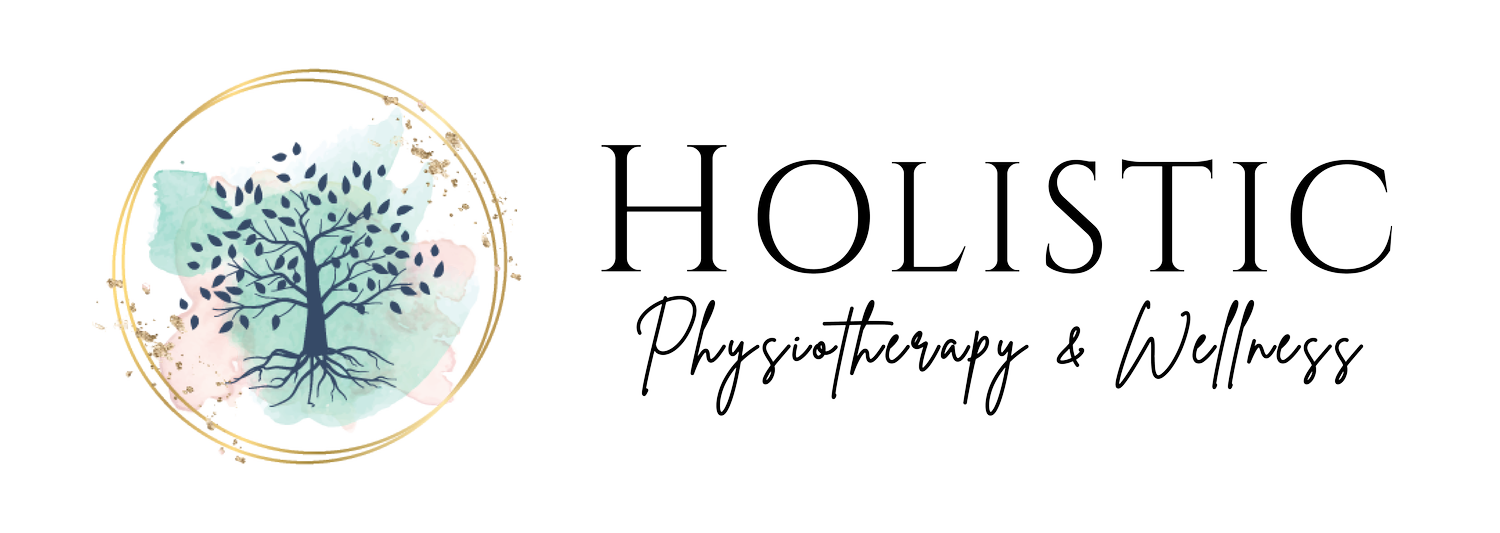Functional Nutrition for Pain and Inflammation Relief: Saskatoon Nutritionist Expert Guide
Functional Nutrition for Pain and Inflammation Relief
Written by Barb Beavis
Functional Nutritionist | July 24, 2023
I believe in something that might sound radical: we can heal our bodies with the food we choose to eat. We can relieve chronic pain and inflammation by making the right food choices for our bodies.
My colleagues have been talking a lot about pain in this month’s blog posts because so many people are living with pain when they don’t necessarily need to. As a quick refresher, pain is the result of your central nervous system, and inflammation is the result of ‘decisions’ that your nervous system makes on your behalf.
Inflammation has kind of a good cop/bad cop thing going on. White blood cells are rushed to the site of injury or infection with healing intent, and that is a good thing. But when the nervous system becomes sensitized, that immune system at work can start to overwork. The lingering act of healing begins hurting instead, causing damage to cells and organs and pain in your muscles, joints, and tissue. It can also raise your risk of diseases that are related to inflammation.
I have helped so many clients recover from chronic pain simply by adjusting their diet. I use the word ‘simply’ loosely, as the process isn’t that simple. When I consult with a client, we look at every aspect of their health history, patterns, genetics, and more to arrive at the root cause of any discomfort and create a care plan.
But there are some things that everyone experiencing chronic pain should know - things you can start putting into practice today.
First, take a look at what you’re eating now to determine if your current diet is having a negative effect on your health. It might alarm some people to know that studies have indicated that an unhealthy diet can cause the immune system to have the same response as it would to a bacterial infection.
We all know the broad strokes of healthy eating by now - lots of fruits, veggies, and whole grains are good. A less healthy diet would feature foods that are high in salt, sugar, or fat. Balance is important, though - no one food is going to make or break a healthy eating pattern. If your diet is out of balance and you’re not getting enough of the good stuff, start by phasing out some of the bad stuff.
Now that we’re taking steps not to impede our immune system, we can think about giving it what it needs to calm the nervous system and ease up on those white blood cells that are causing the inflammation (that is causing the chronic pain.)
Foods that are rich in antioxidants known as polyphenols might be the best place to start. Research (and my own personal experience) suggests that by introducing them into your diet or increasing your intake of them, you can soothe your system and even prevent the flare-ups you’ve been experiencing.
Polyphenols are commonly found in the food we think of when we hear about a Mediterranean diet. Think about dark leafy greens and whole fruit (especially berries, which are some of nature’s superfoods.) Add in nuts, legumes, and whole grains like quinoa and barley.
Omega-3 fatty acids are also consistent with an anti-inflammatory diet, so fill your shopping cart with fatty fish, like salmon, olive oil, eggs, and avocados. Finally, make sure you’re getting all of your micronutrients, like vitamins A, B6, C, and E, along with folic acid, zinc, and iron.
Like I said, it’s not exactly simple to realign your daily routine with the foods that will give your body the best chance at being pain free, but small, simple, manageable steps are a great place to start. One more glass of water, one extra serving of leafy greens, or one less stop for fast food each week. Those little steps add up over time to make a big difference.
And when you’re ready for more support to tackle chronic pain through a deep dive into your unique nutrition needs, please call me. There’s a lot of confusing and conflicting guidance out there and I would be honored to guide you through it.
If you are struggling with low energy, pain and inflammation, please reach out so that we can customize an individual care plan that works best for you.
Learn more about Nutrition Counselling and how it could be the game changer you are looking for to drastically improve your health and wellness!
Book a Free Discovery Call with me to get started
Be well friends,
Barb Beavis
Functional Nutritionist
Barb Beavis
Functional Nutritionist


